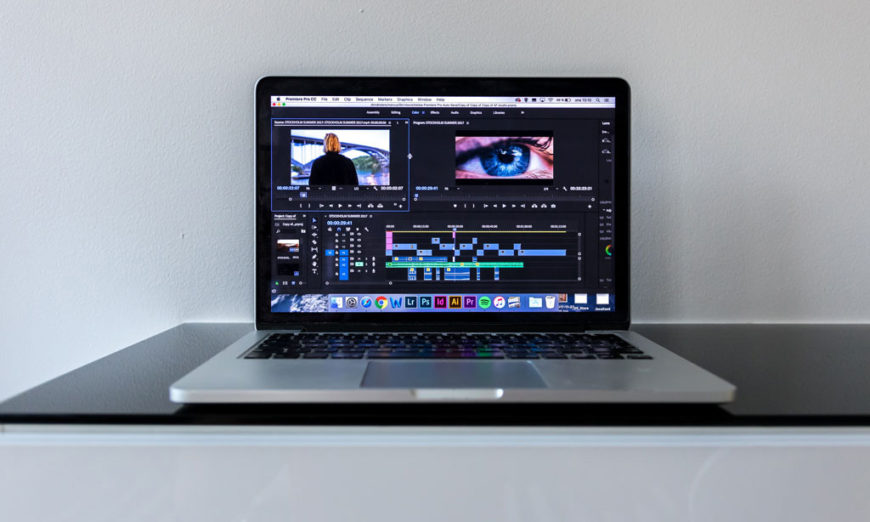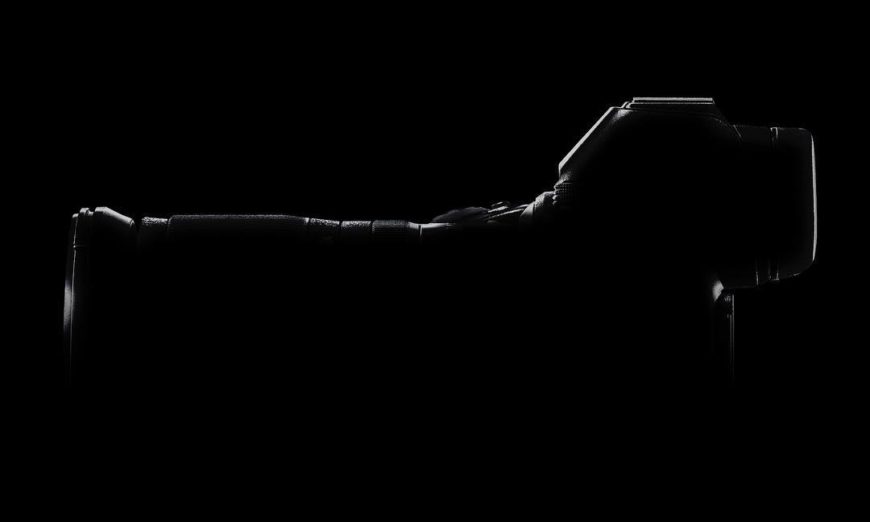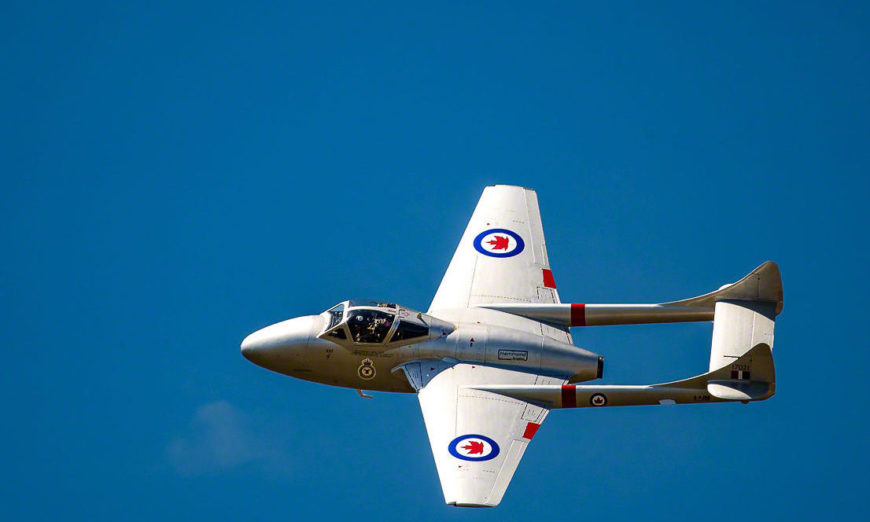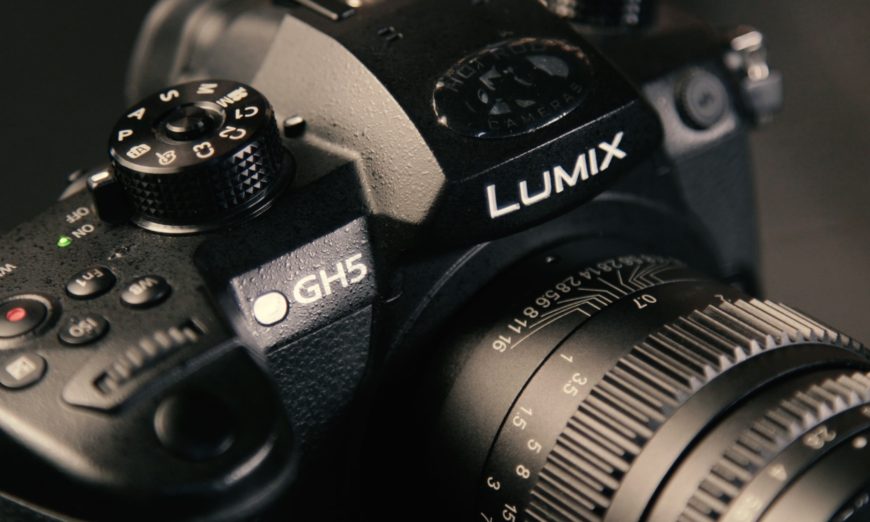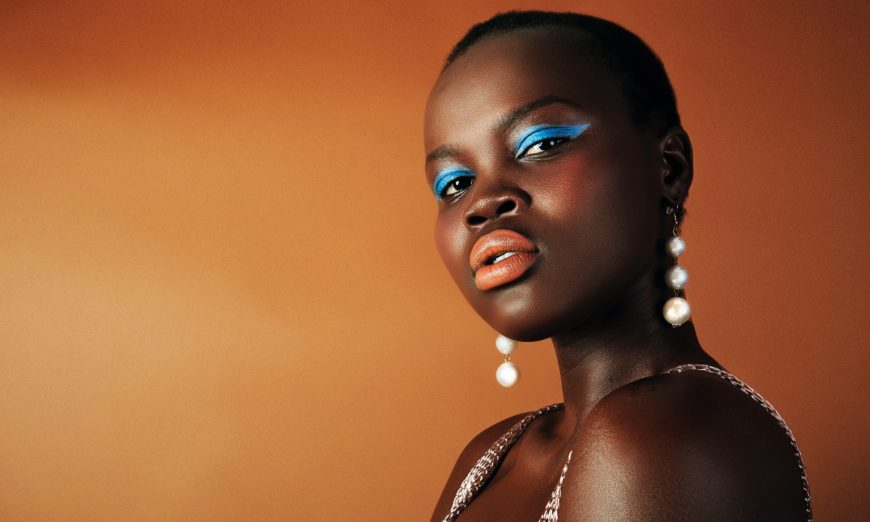How to make a better video, after you have all of your clips made.

Now's a good time to revisit the Exposure Triangle as the season has changed into Autumnal equinox, which also means a change in outdoor lighting and sceneries that will entice a l... Read More...
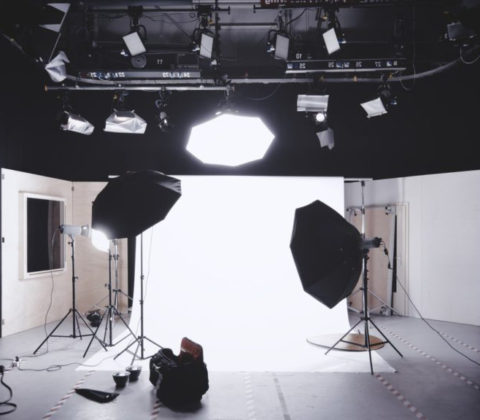
In Setting Up Your First Photo Studio: Part 1, we looked at the ... Read More...
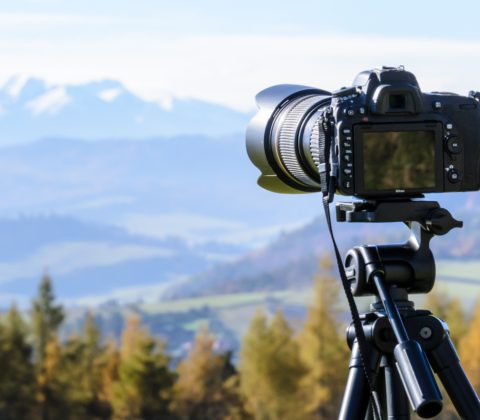
Originally tripods came with a single head. They usually had two arms, one for panning movements, and one for tilt movements, and the mounting plate would also flip to vertical. We... Read More...
Pro Tip: Neutral Density Filters for Stills and Video
BY Ross Chevalier July 27, 2018 Gear, Quick Tips
When we are looking to control the amount of light entering the camera and hitting the sensor, there are only so many things that we can do with our exposure controls. Being able to reduce the inbound light can open creative doors for us all. This is where neutral density filters come in.
Nikon has just announced the development of a next-generation (Nikon FX-format) mirrorless camera engineered around a full-frame sensor.
Think Angle of View — Not Focal Length
BY Ross Chevalier July 20, 2018 Articles, Gear, Quick Tips
Ever since manufacturers began building cameras with sensors that have a different size than a 35mm negative, we have had to deal with the impact this has on angle of view and focal length.
Lens Compression and Perspective Exaggeration
BY Ross Chevalier July 13, 2018 Articles, Gear, Quick Tips
Lens compression looks like the distance between near and distant subjects in the frame is reduced. You will read many photographers say they like the “compression” delivered by a telephoto lens for portraits or the lack of “compression” in a wide-angle lens for landscapes. The words make sense because of what we see, but we are not seeing any compression, instead we are seeing perspective exaggeration.
Tips for Photographing Air Shows
BY Ross Chevalier June 29, 2018 Articles, Gear, Quick Tips
There are many opportunities to photograph aircraft over the course of the summer from big air shows to smaller, local events. Getting good shots at air shows is not hard, but some tips are going to help you out.
We will use different settings for different types of shots, but do work to keep your ISO as low as possible for the best colour and dynamic range.
Custom Shooting Modes
BY Ross Chevalier June 22, 2018 Articles, Quick Tips
Maybe you’ve had your camera for some time, but have never gotten around to looking at custom shooting modes. That was me too, and as they can be useful tools, I thought that we should spend some time talking about them.
Understanding Radio Triggers for Flash
BY Ross Chevalier June 15, 2018 Articles, Gear, New Gear, Quick Tips
Ask any professional photographer and he or she will tell you that being able to control the light is incredibly important to a truly successful image. We will think about position of the light, time of day, light colour, quality and direction. When it comes time to supplement or replace the ambient light with flash, how can we achieve this goal?
Digital Darkroom: Post-Processing for Still Photos
BY Ross Chevalier June 8, 2018 Articles, Quick Tips
As a photo and video instructor, I get the opportunity to meet folks who are at different places on their creative journey. At some point, most come to the juncture where they want their finished work to be more than what comes straight out of the camera. In this first of two articles, we will take a look at the rationale and options for still photographers, who are, or are considering moving into making their images better through post-processing functions.
Depth of Field
BY Ross Chevalier June 1, 2018 Articles, Quick Tips
We know by now that a camera lens does not focus at multiple distances at the same time. There is only one place that will be in perfect focus from the focal plane, and that is determined by where you focus the lens. When we focus a lens, there is only one focal plane to subject distance that is in perfect focus.
Yet we see that some areas in front of, and some areas behind our point of focus can also look sharp and that range can be different depending on some specific criteria. This zone that we perceive as being sharp versus the area that we perceive as being soft is what we are calling the “depth of focus”.
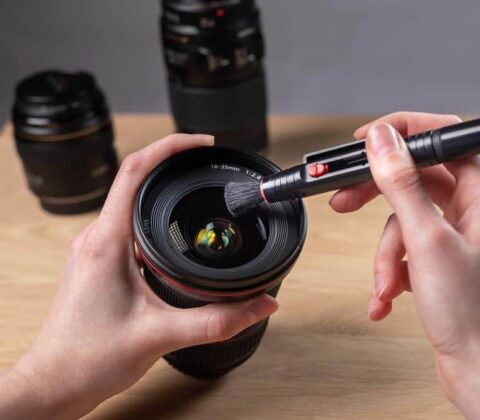
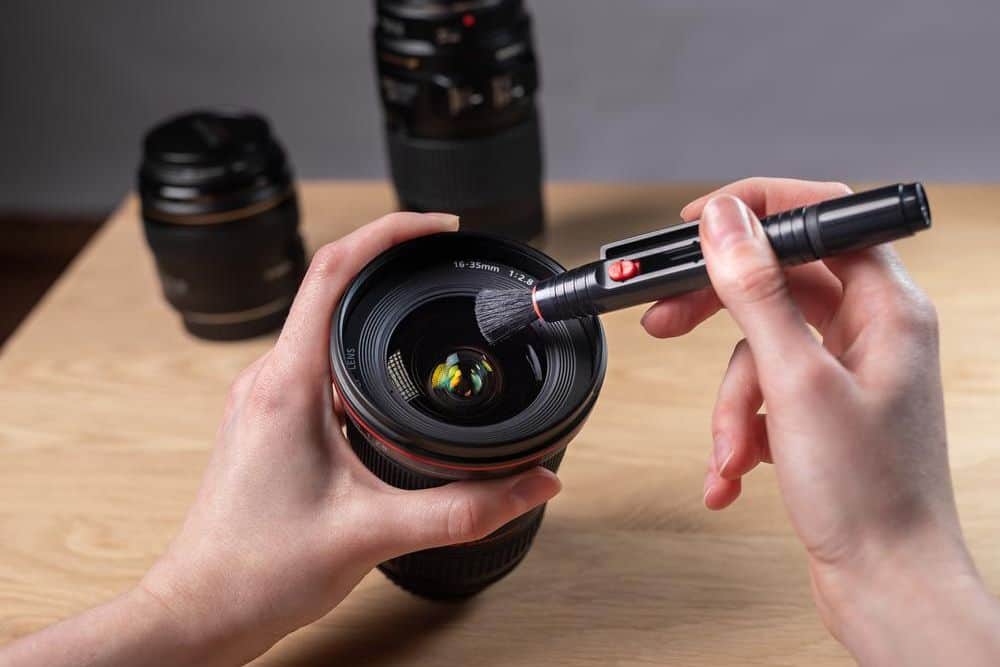 Read More...
Read More...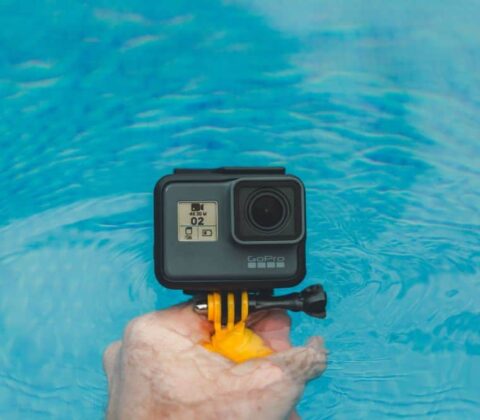
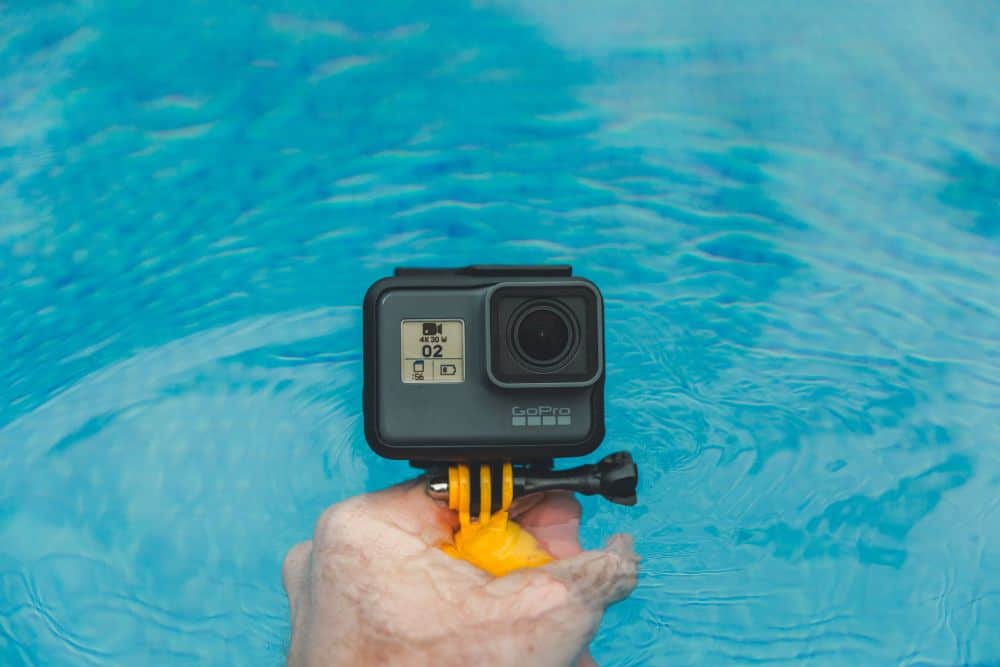

 Read More...
Read More...

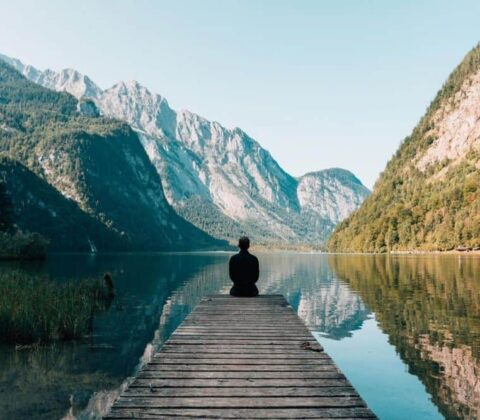
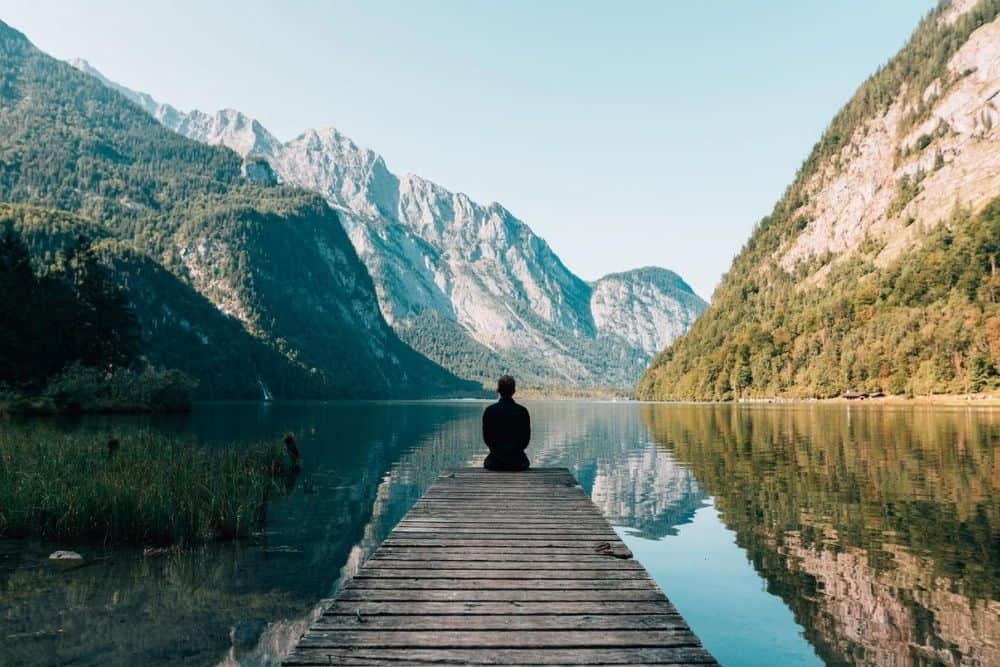 Read More...
Read More...
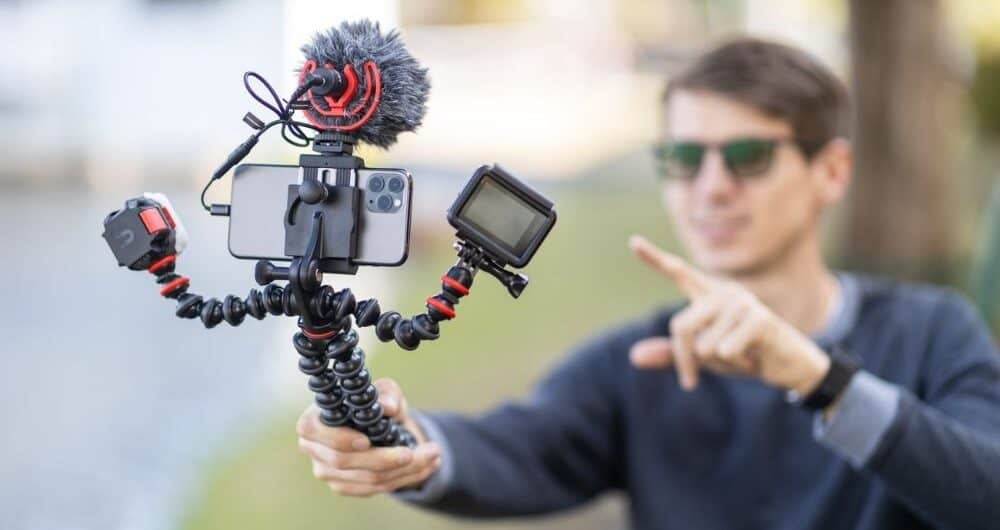 Read More...
Read More...
